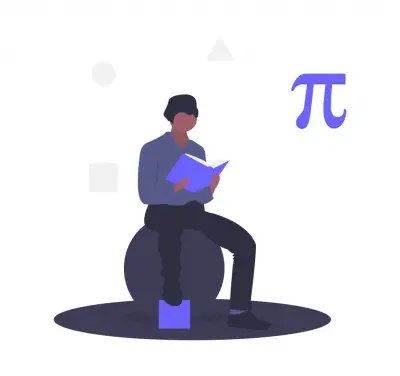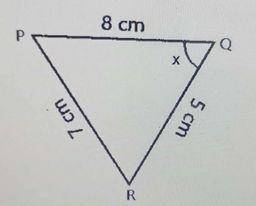\(T_2 = \frac{-2}{3};S_\infty \frac {3}{2}\)
\(T_n = ar^n - 1\)
∴ \(T_2 = ar = \frac{-2}{3}\)---eqn.(i)
\(S_\infty = \frac{a}{1 - r} = \frac{3}{2}\)---eqn.(ii)
= 2a = 3(1 - r)
= 2a = 3 - 3r
∴ a = \(\frac{3 - 3r}{2}\)
Substitute \(\frac{3 - 3r}{2}\) for a in eqn.(i)
= \(\frac{3 - 3r}{2} \times r = \frac{-2}{3}\)
= \(\frac{3r - 3r^2}{2} = \frac{-2}{3}\)
= 3(3r - 3r\(^2\)) = -4
= 9r - 9r\(^2\) = -4
= 9r\(^2\) - 9r - 4 = 0
= 9r\(^2\) - 12r + 3r - 4 = 0
= 3r(3r - 4) + 1(3r - 4) = 0
= (3r - 4)(3r + 1) = 0
∴ r = \(\frac{4}{3} or - \frac{1}{3}\)
For a geometric series to go to infinity, the absolute value of its common ratio must be less than 1 i.e. |r| < 1.
∴ r = -\(^1/_3\) (since |-\(^1/_3\)| < 1)

